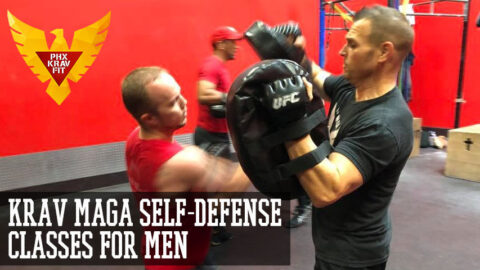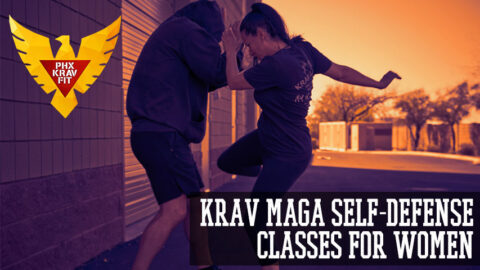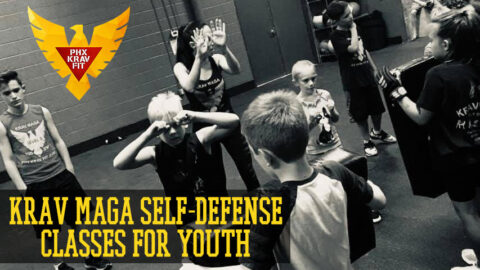Why Your Self defense Training Isn’t Working
The story was usually the same. A law enforcement, military or security group would call me in, and say something like: “Our training isn’t working…” or “Two of our guys got beat up bad, and they said their training failed”.
Whoever the organization was, I could tell they were desperate and were feeling pressure either by their employees or superiors. Some needed to overhaul their entire defensive tactics program, while others just needed a tweak here or there. I want to show you the four areas I would always assess first in their self-defense program, which usually exposed a deep flaw or flaws in their training. Then I want to use that as a model in your own self-defense training, so you don’t make the same mistakes.
In order for the you to truly assimilate the self-defense moves you’re learning, it is important to have a training structure, which takes you from basic skills to competent responses as quickly as possible. Therefore, any program must be structured in a way where each strategy (technique) is taught in a simple approach. These training sessions should consist of the following four parts, which are once again the parts I would assess and then correct in any program.
The first is techniques, or the actual mechanics of the move.
This area is the most obvious, and without getting into a huge lecture of what are the techniques that work or don’t work, simply ask: Are they effective against all different types of people, efficient to learn and implement and simple so the least talented person can understand them.
Then introducing the reason why the technique, or mechanics of the tactic are being taught gives the practitioner background and motivation to learn the “how to” of the movements in the strategy. Then, make sure you limit the number of techniques that are taught, as it is more about quality and then quantity. The number of techniques are kept to a minimum in order to focus on the most effective techniques, and the least amount of training time needed to master them.
The second part of training is attributes or what I will sometimes call “attribute drills”.
It is only fitting that because the techniques are limited, the training drills to practice the moves should be limited to only a small handful. The focus of these “attribute” drills are to increase successful repetitions and build the necessary physical traits (attributes) to execute the tactics in scenario training and ultimately in real life situations.
The next area is sparring, which at times confuses people to what this part looks like, and what it develops.
The attribute drills use control aspects to make sure the repetitions are successful and focus on building those attributes needed. Sparring allows the realistic unchoreographed elements to be included by unplanned attacks in real time from the perspective of the person in training. This can include different angles, timing and tools of the attack. Think of this training as more of a free flowing exercise, where a person must react to unplanned attacks, counter attacks, etc. The one note I always make is to make sure sparring starts slowly, and progresses only after a person shows to be competent at that level.
The fourth and last area is that of scenario work.
If sparring is more of an athletic training method, then scenario work puts the practitioner is specific situations, and forces them under stress to solve a problem and make tactical decisions. The end result of all of this training is for you to be tested through unplanned “scenarios”. This pinnacle of the training has them illustrate the techniques they have learned, with the attributes to perform them, even given the elements which the sparring has prepared them for, in a “role playing” type of training to mimic real life situations.
As I look at everything from online self-defense training, to systems taught by government organizations, to even what is taught in street corner dojos, using these four pillars not only exposes areas of weakness, but more importantly strengthens the whole training experience. As for individuals, it can help identify areas they may be missing, or need to seek more information on in order to become more well rounded practitioners.



